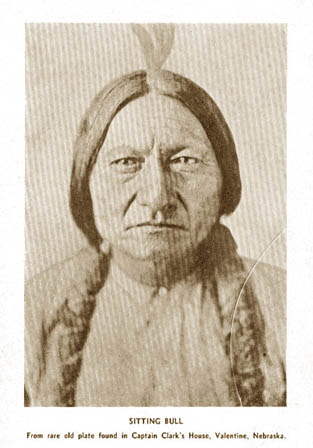Chapter 3 - NEW AMSTERDAM
Referring to the
purchase of Manhattan for a lot of fishhooks and trinkets valued at
$24, the chief's countenance indicated that it was the best kind of
argument to prove how the white men cheated the innocent red folks on
every occasion. The Indians had befriended the helpless adventurers
when they came among them, and for their kindness the settlers attacked
them one night and killed more than a hundred and twenty men, women and
children while they were asleep in their wigwams. This was about the
first massacre. But it was a white man massacre of Indians. They ran
their bayonets through the stomachs of little babies and flung them out
into the river. They cut off the hands of the men and cut open the
women with their swords. They went among them with a torch of fire and
burned their homes until no Indians were left; and these all were
friendly Indians who sold the white people their island for needles,
awls and fish-hooks, and brought the furs to them. (This was in 1642
under Kieft's regime.) The white man's account of this affair tells us
that on February 25th at midnight Kieft sent Sergeant Rodolf with a
party of soldiers to Pavonia and another party under Adriensen to
Corlear's Hook where they rushed in upon the sleeping families and
killed them all in the most hideous butchery that can be found in
American annals. An eye witness records it in these words: "I remained
at the Director's (Kieft) and 'took a seat in the Kitchen near the
fire. At midnight I heard loud shrieks and went out on the parapet of
the fort to look—at the flash of guns. I heard no more of the cries of
the Indians; they were butchered in their sleep. Sucklings were torn
from their mother's breasts, butchered before their mother's eyes and
their mangled limbs thrown quivering into the river or the flames.
Babes were hacked to pieces while fastened to little boards; others
were thrown alive into the river, and when the parents rushed in to
save them the soldiers prevented them from landing." DeVries said of
it: "some came running to us from the country, having their hands cut
off; some lost both arms and legs; some were supporting their entrails
with their hands, and mangled in other horrid ways, too horrible to be
conceived." The white man's own history refers to this massacre in the
following language: "This crime has hardly a parallel in the annals of
savage atrocities, directed as it was, upon a friendly village of
harmless, unsuspecting Indians." But this was merely the beginning of a
series of white-man massacres that continued for nearly three centuries.
|




